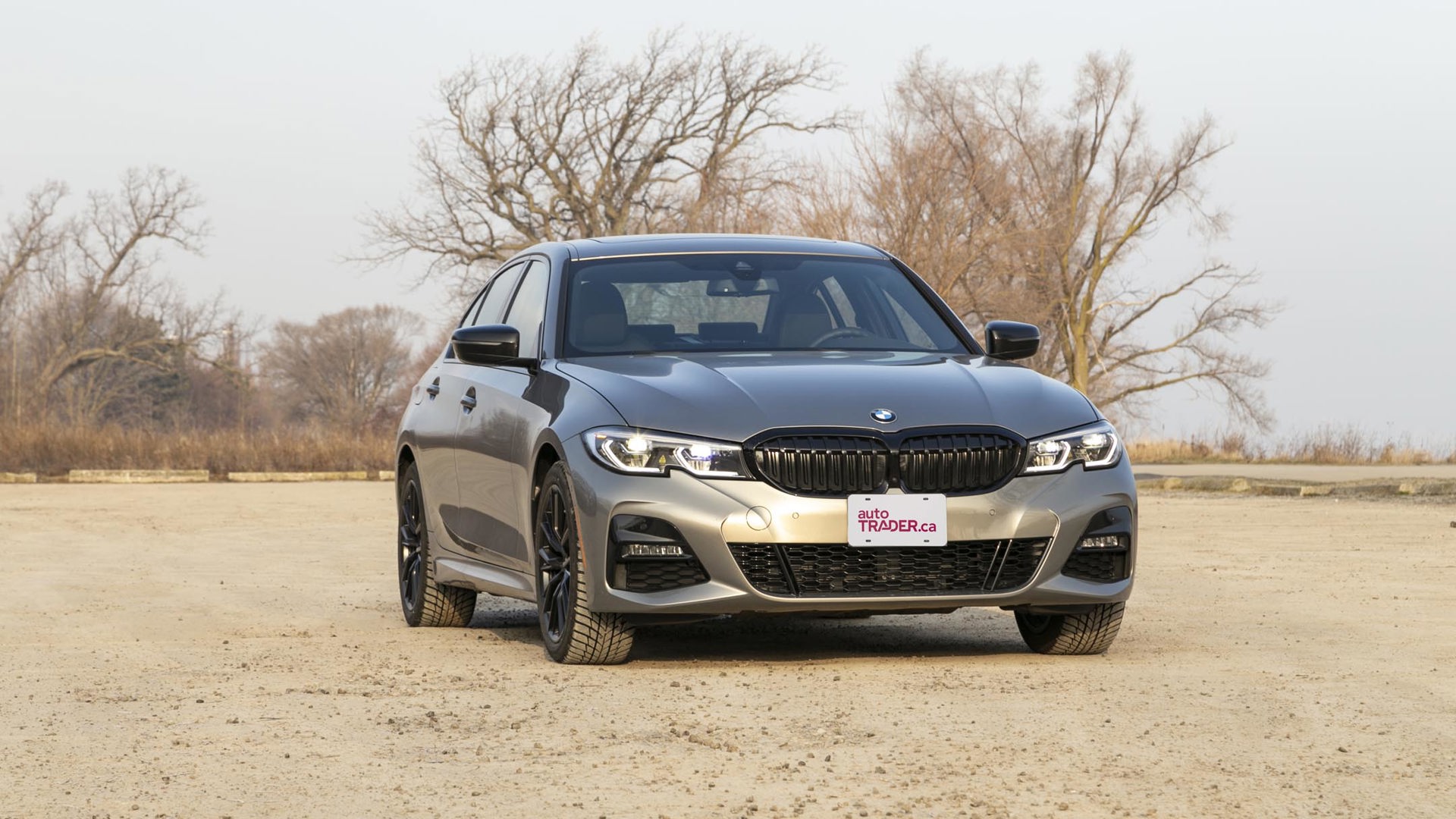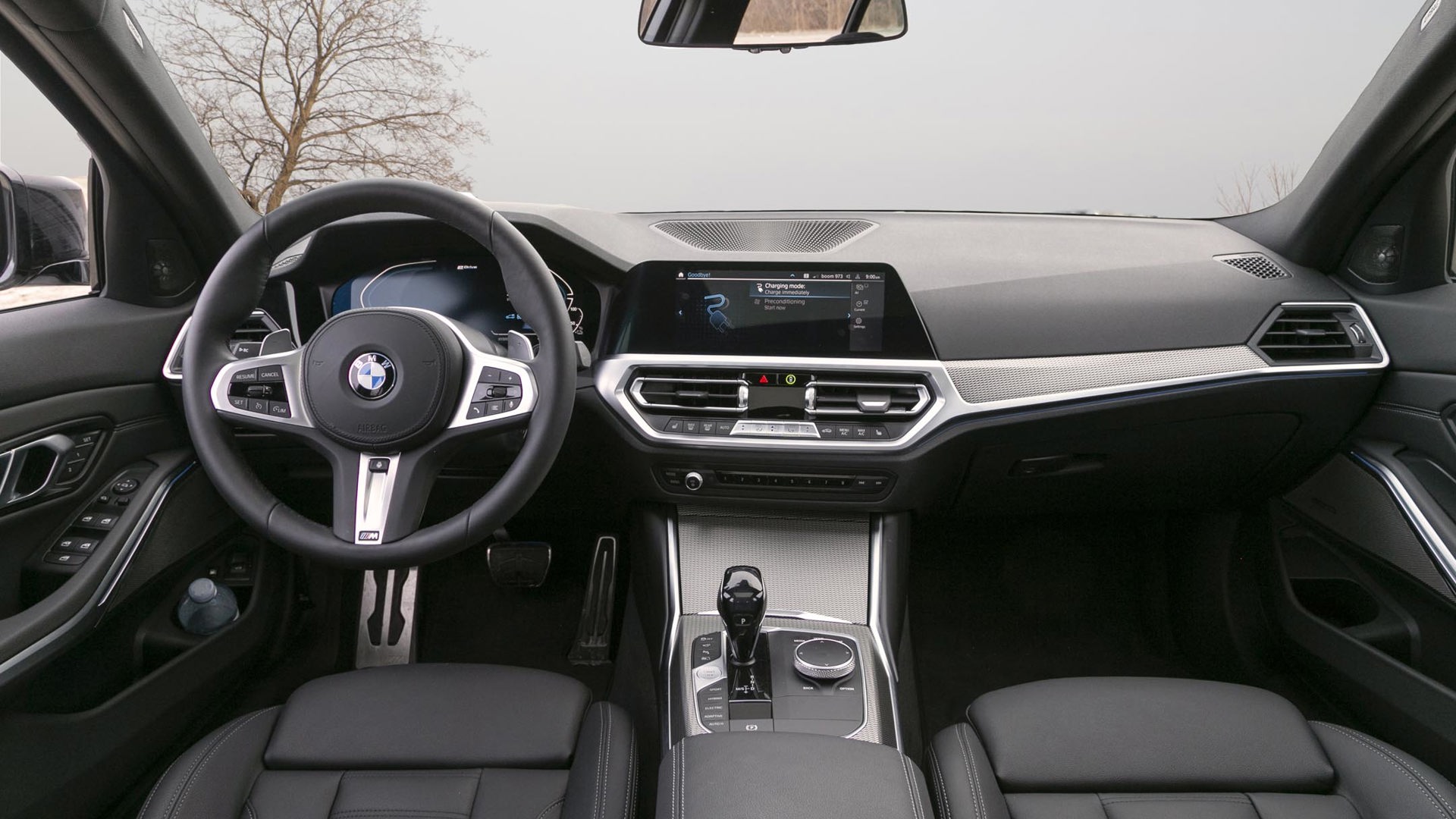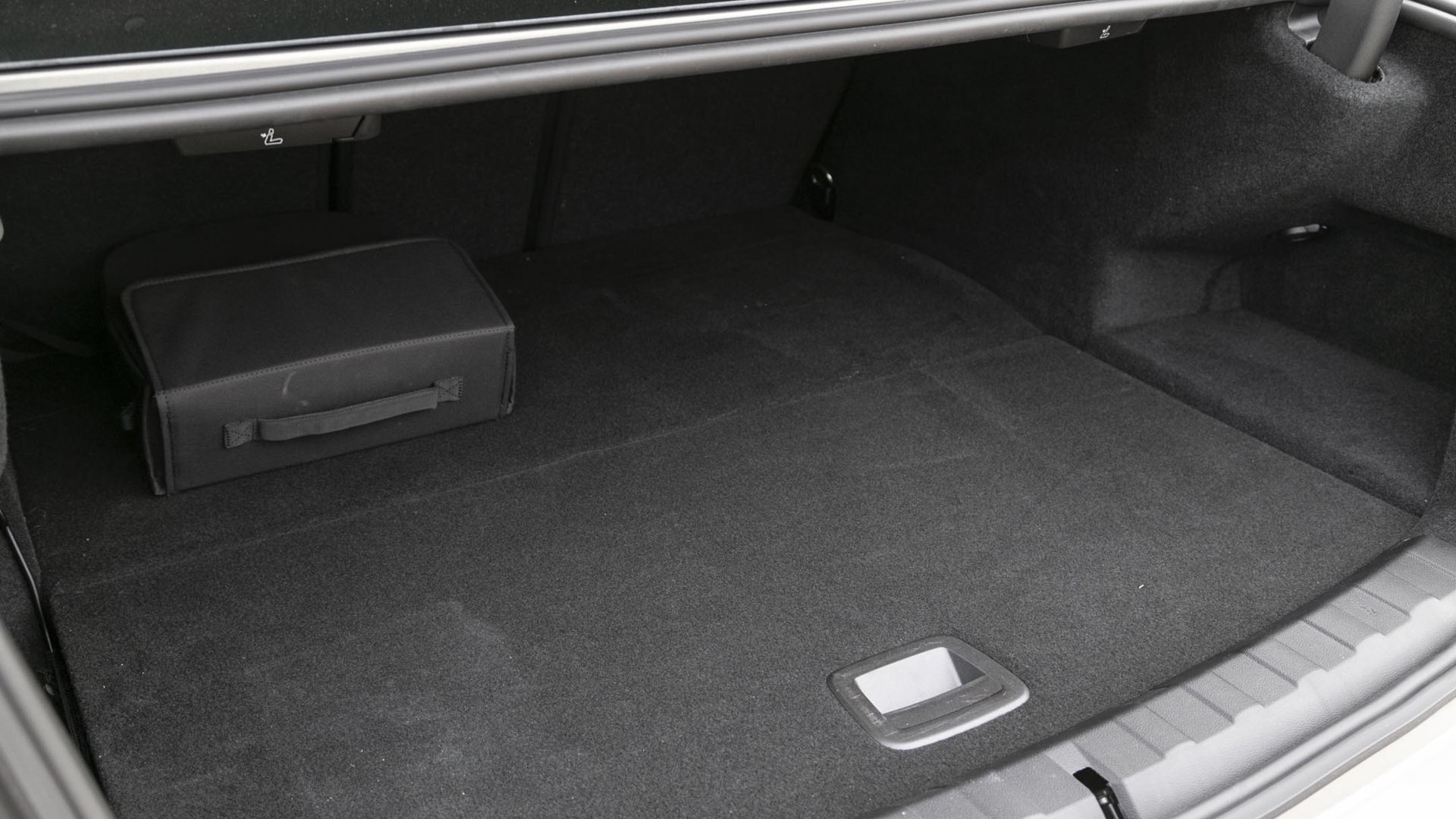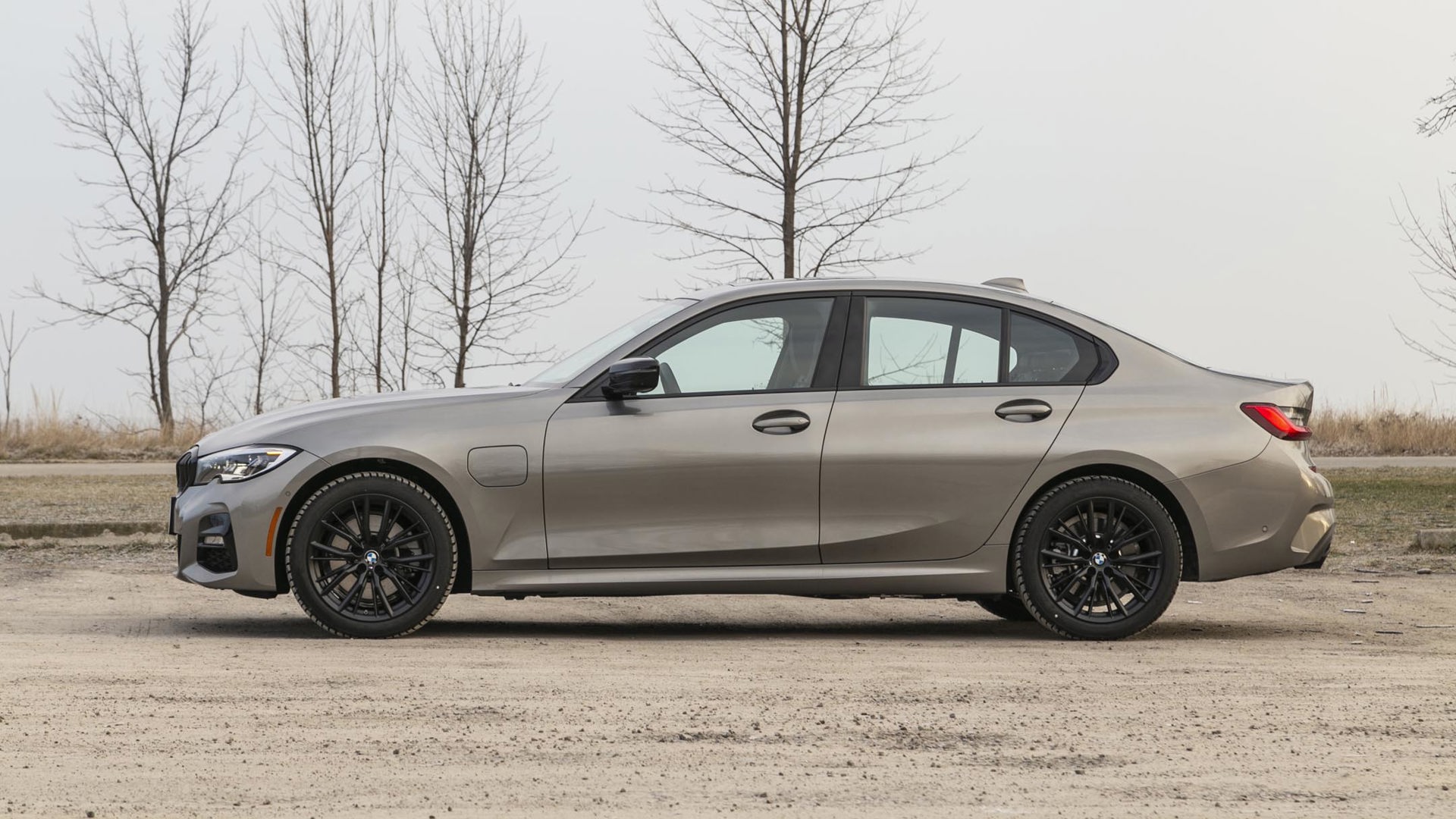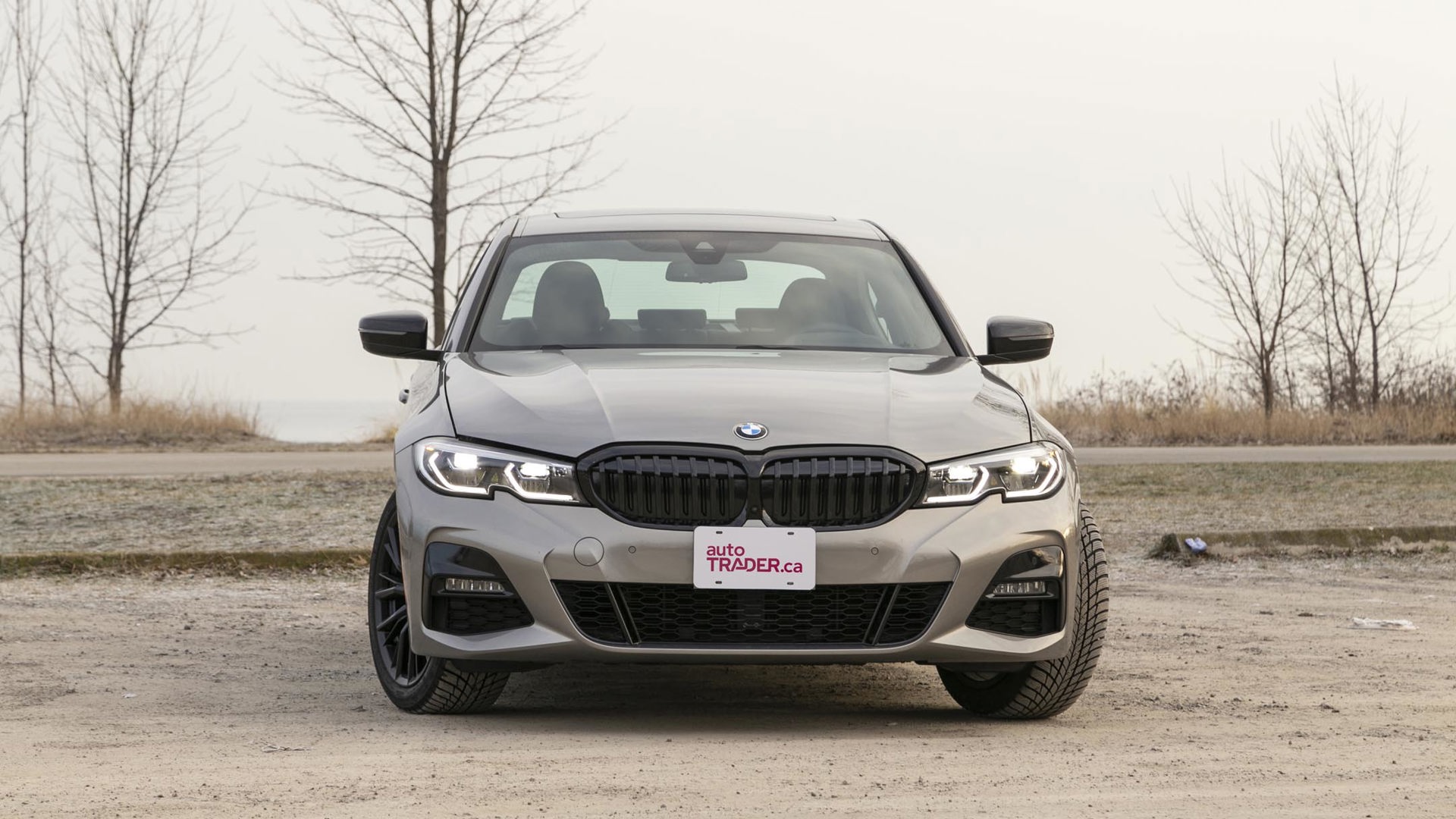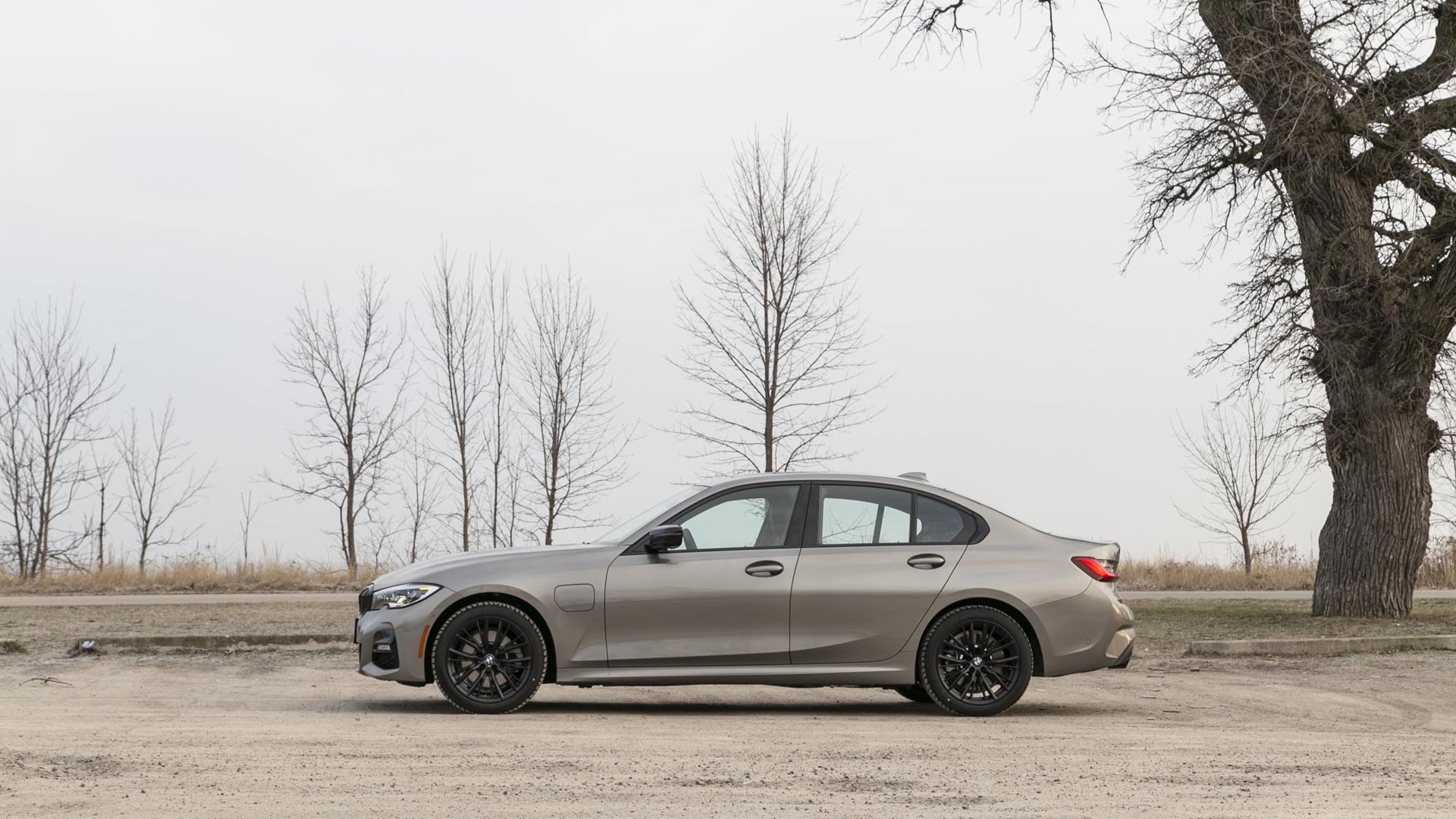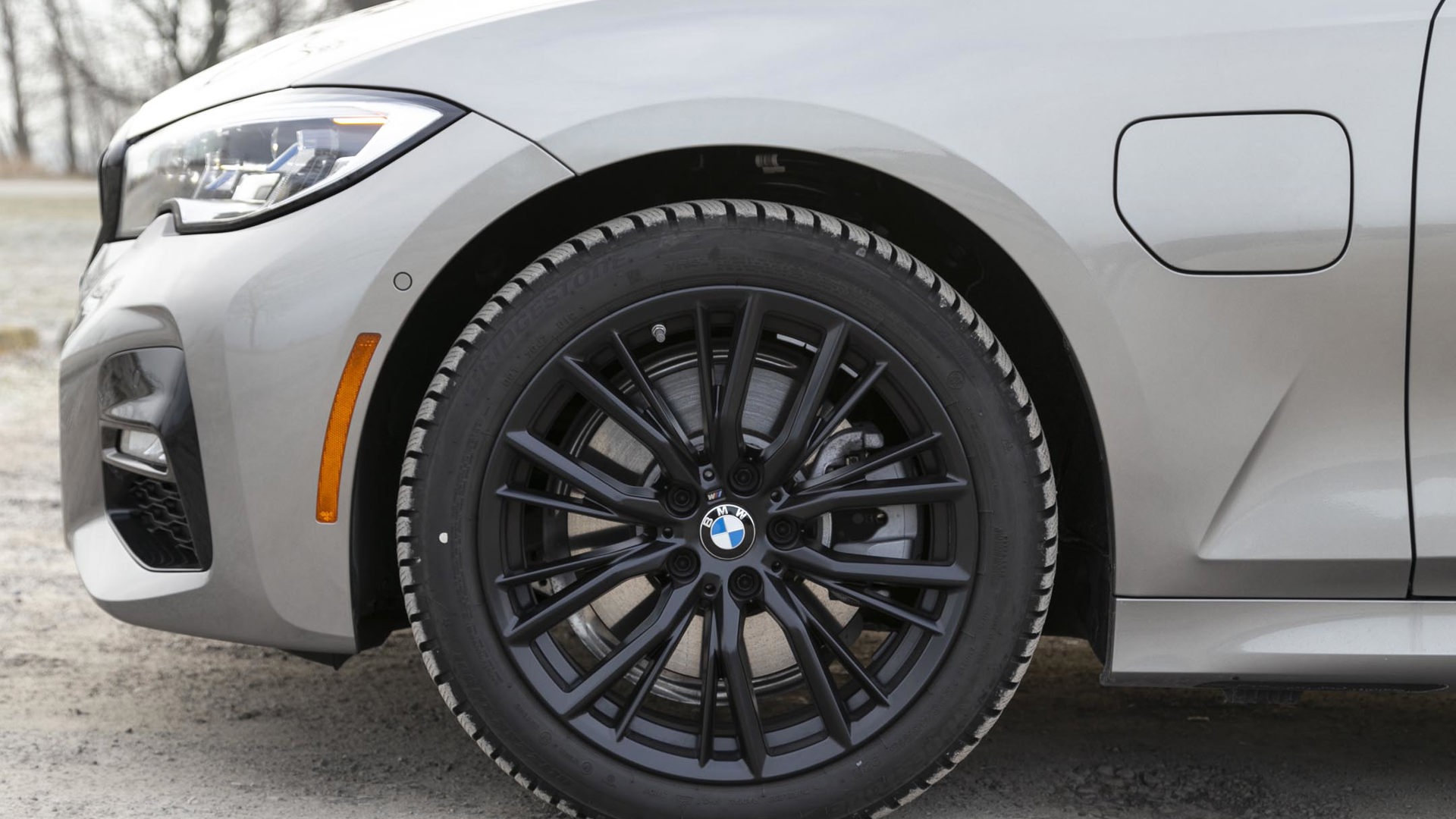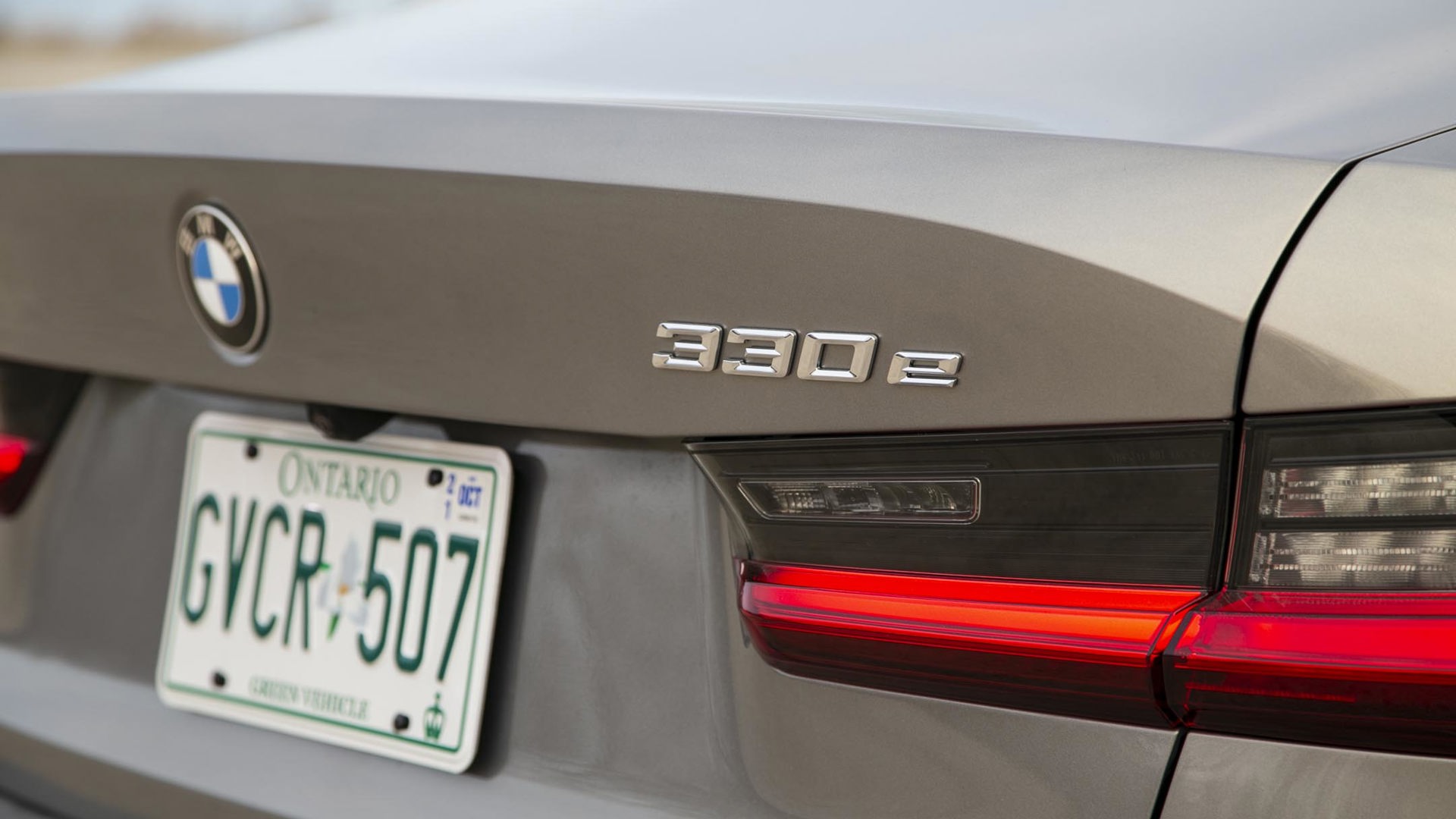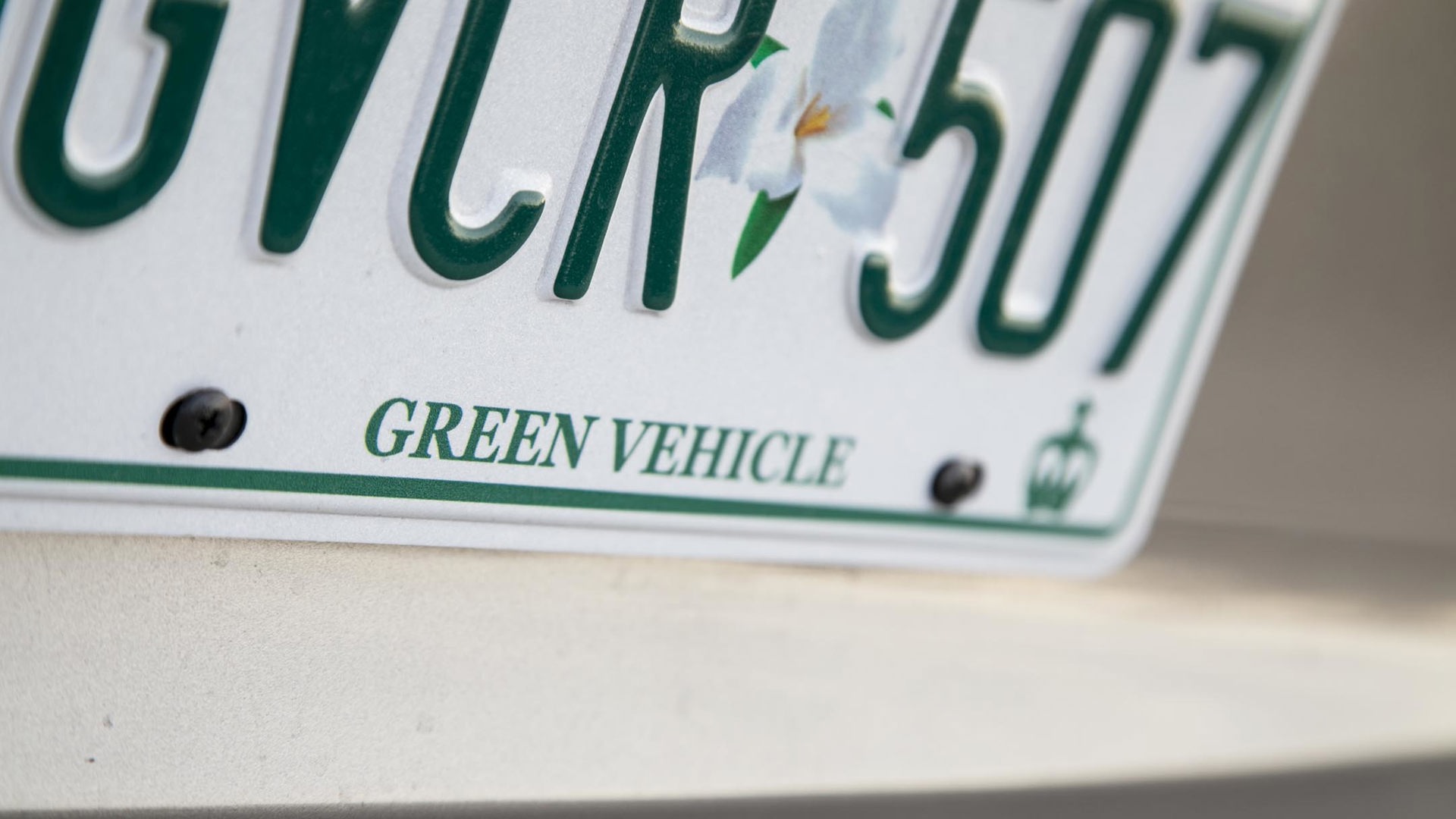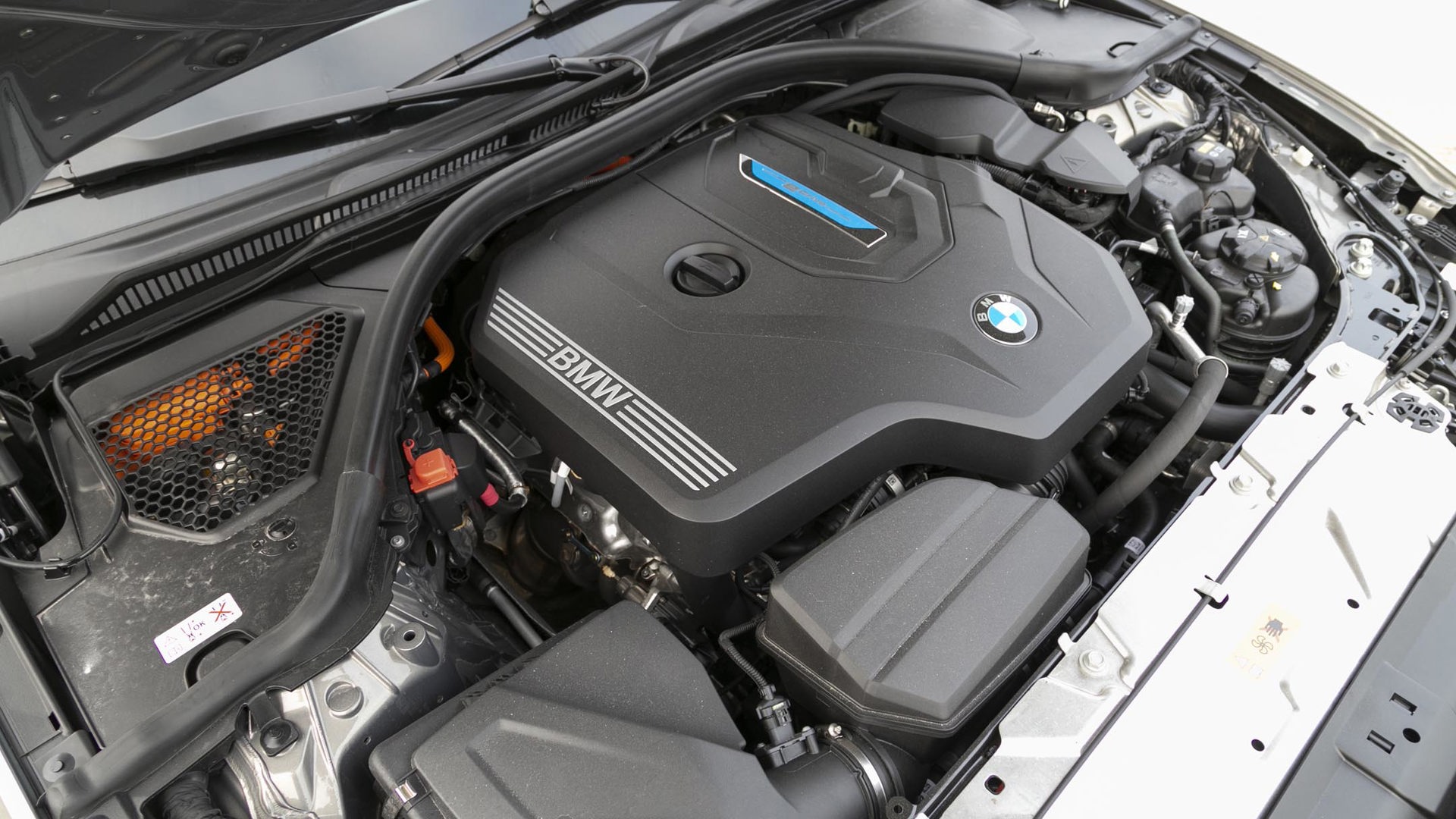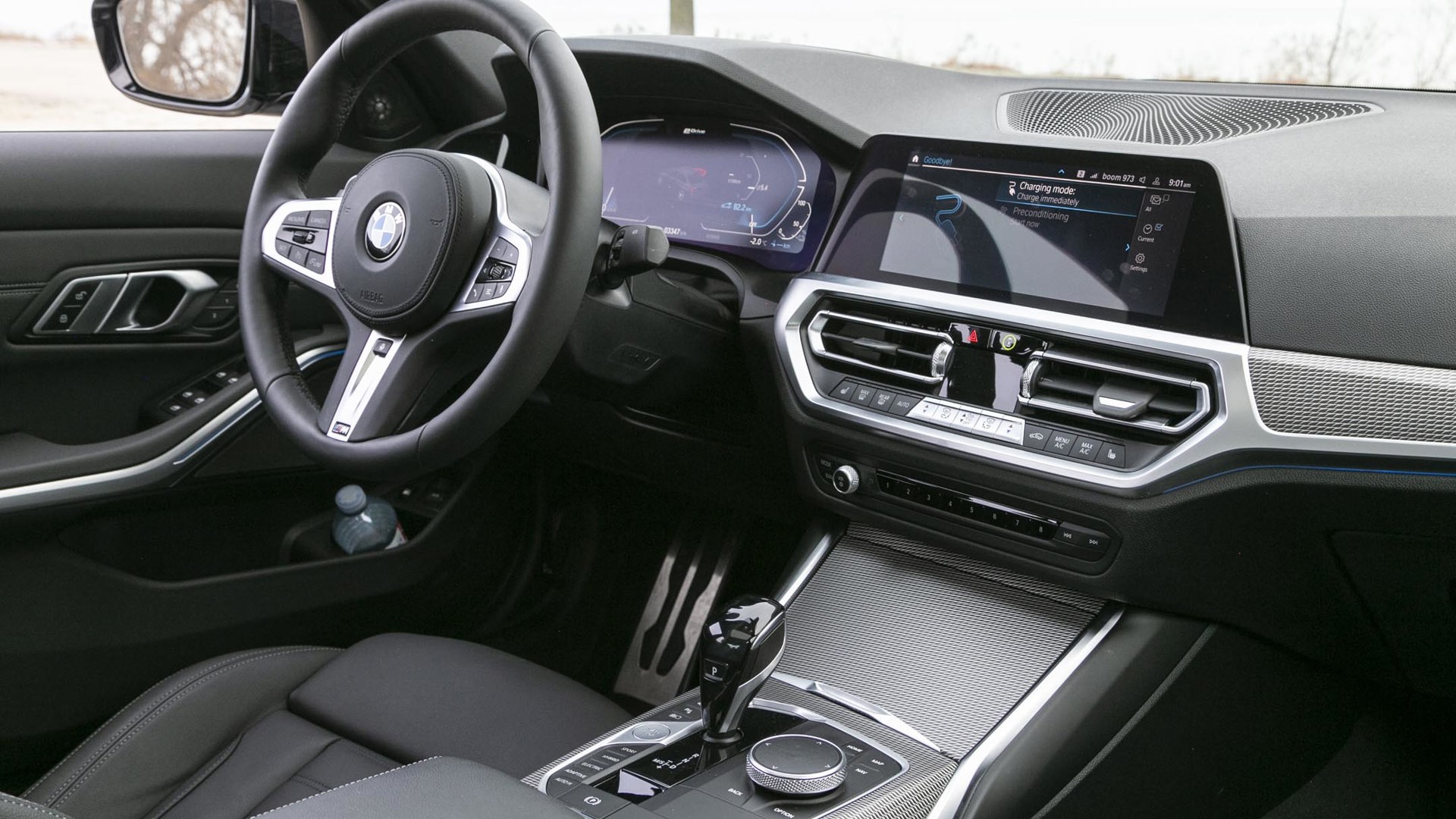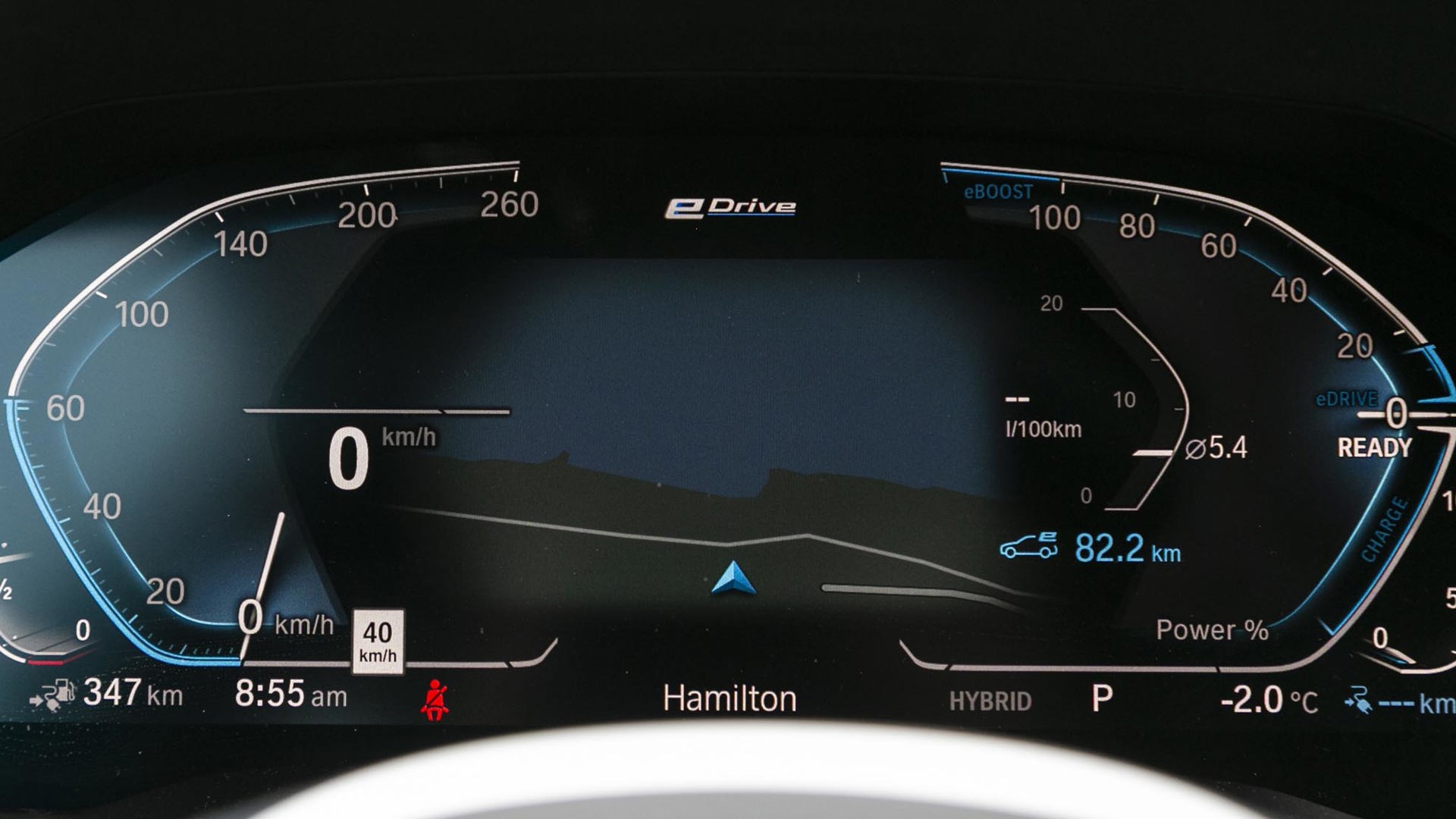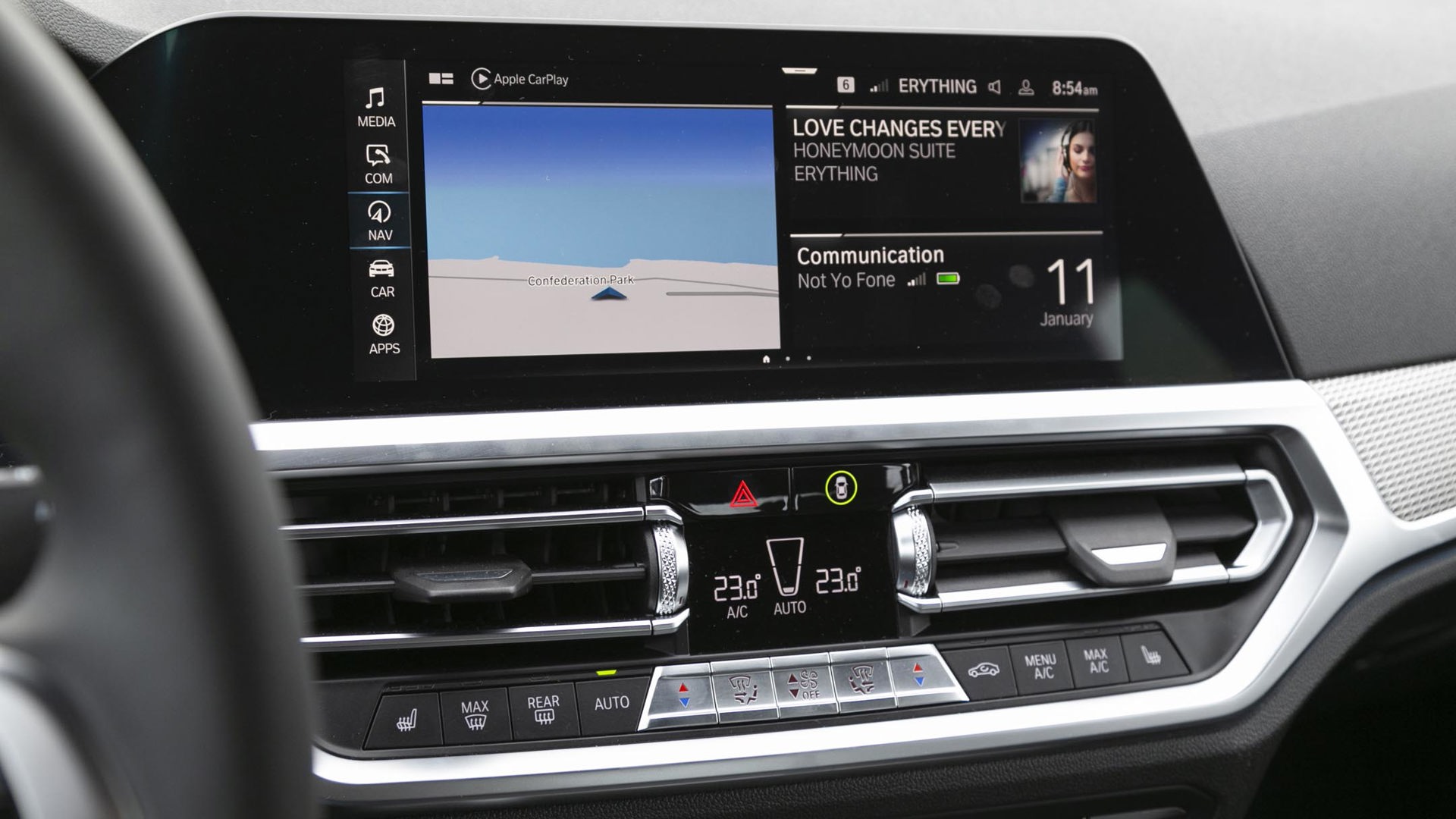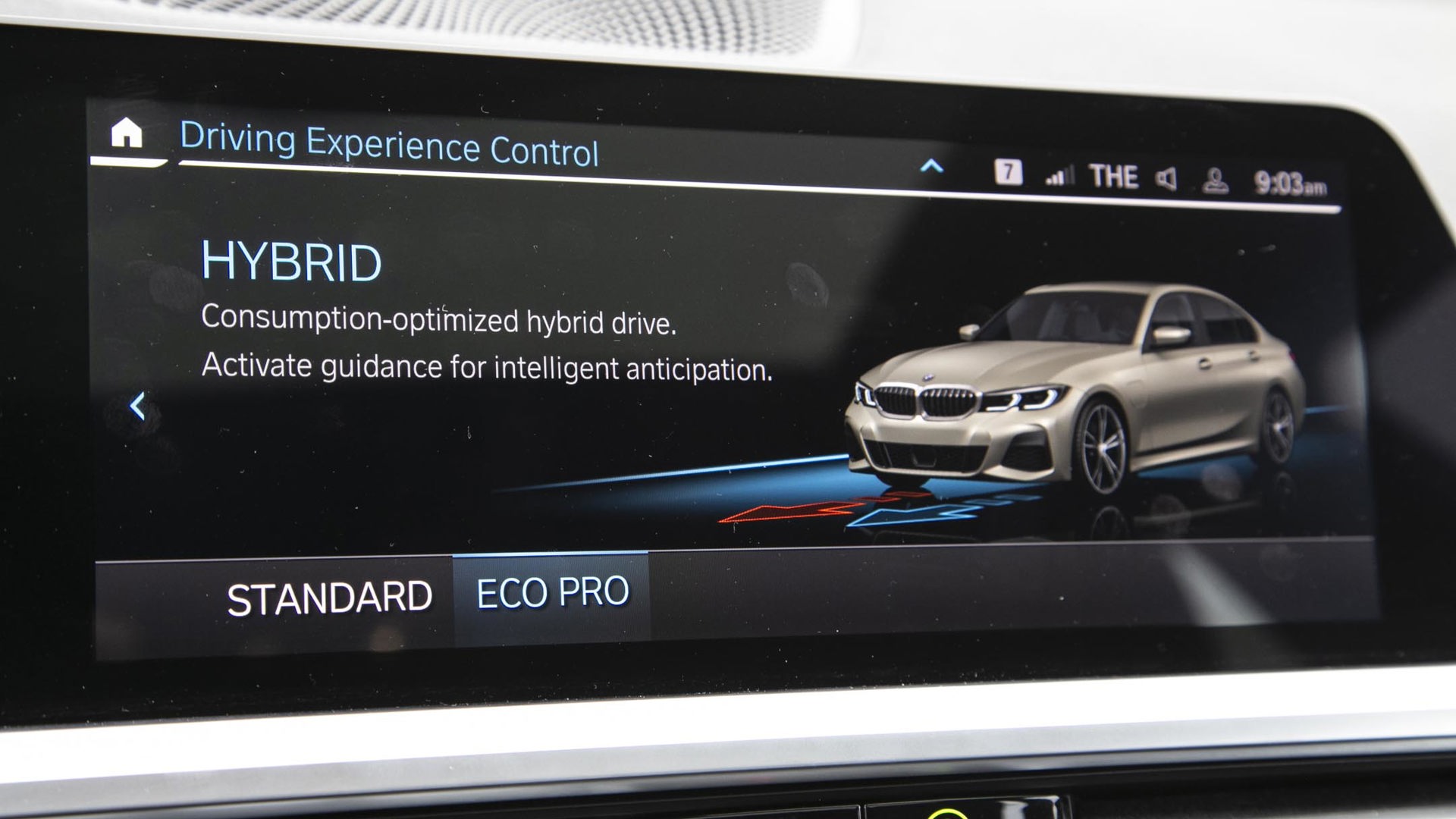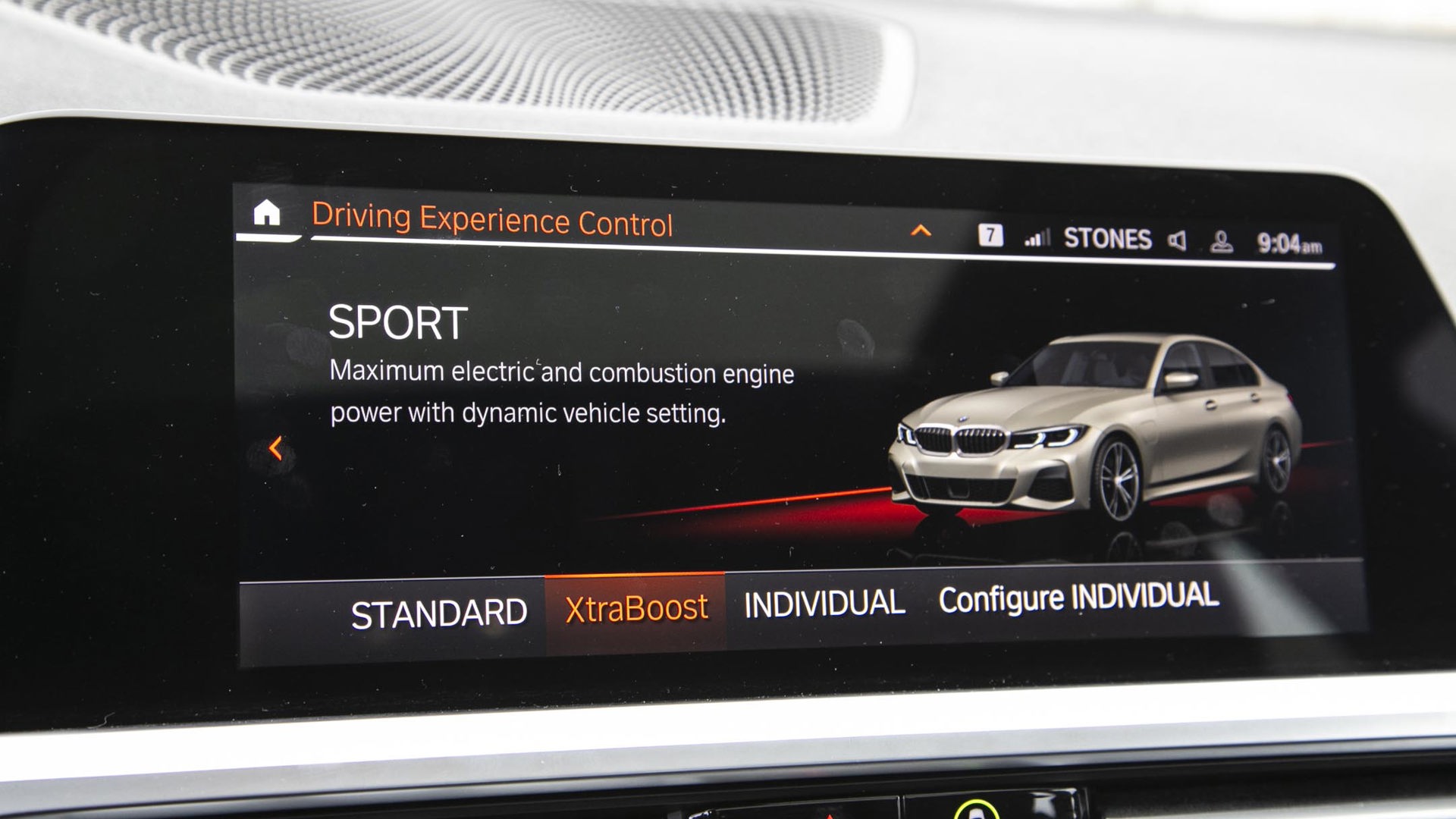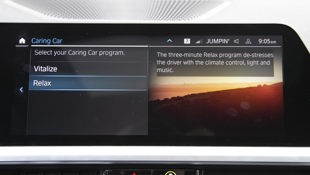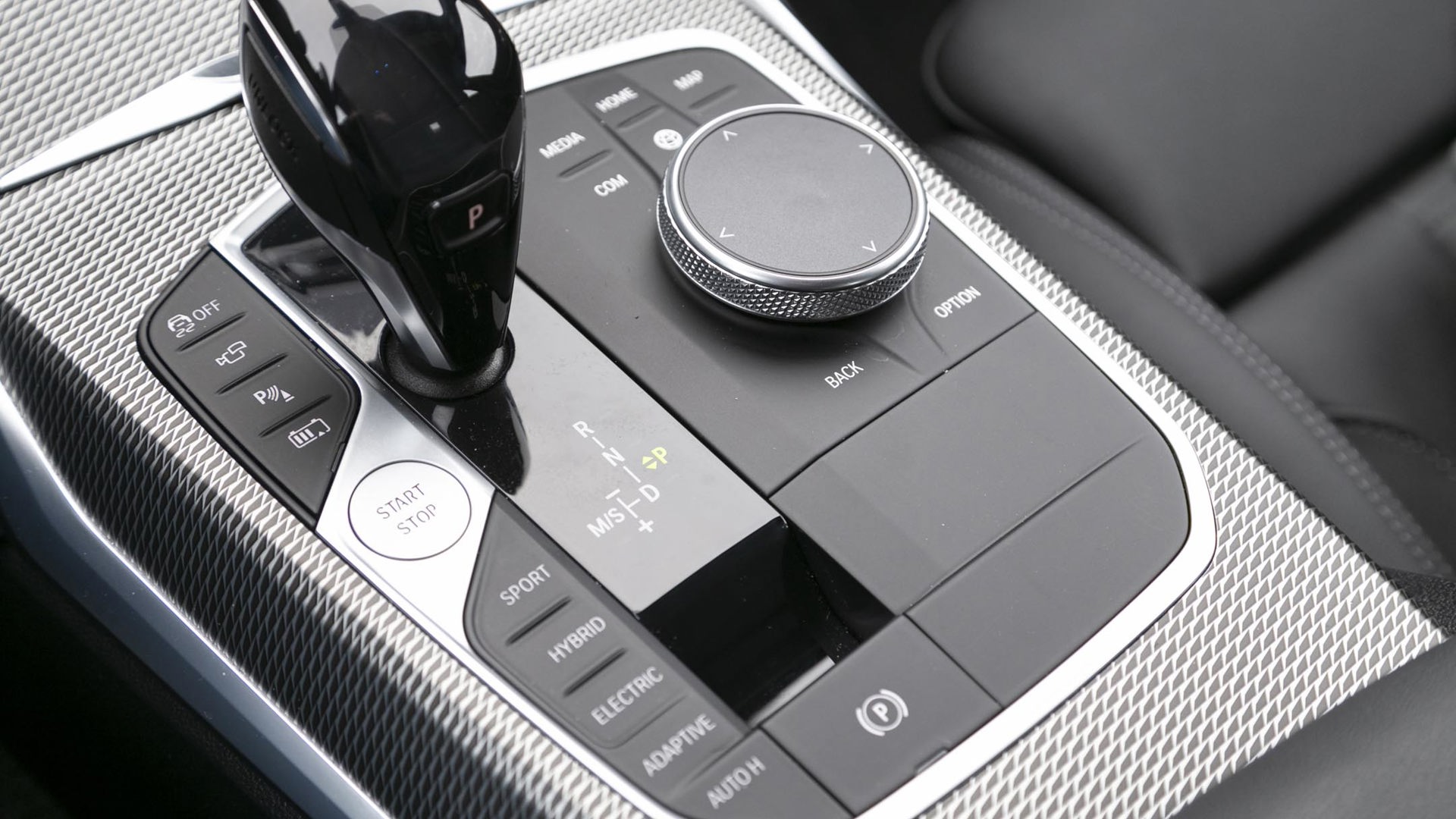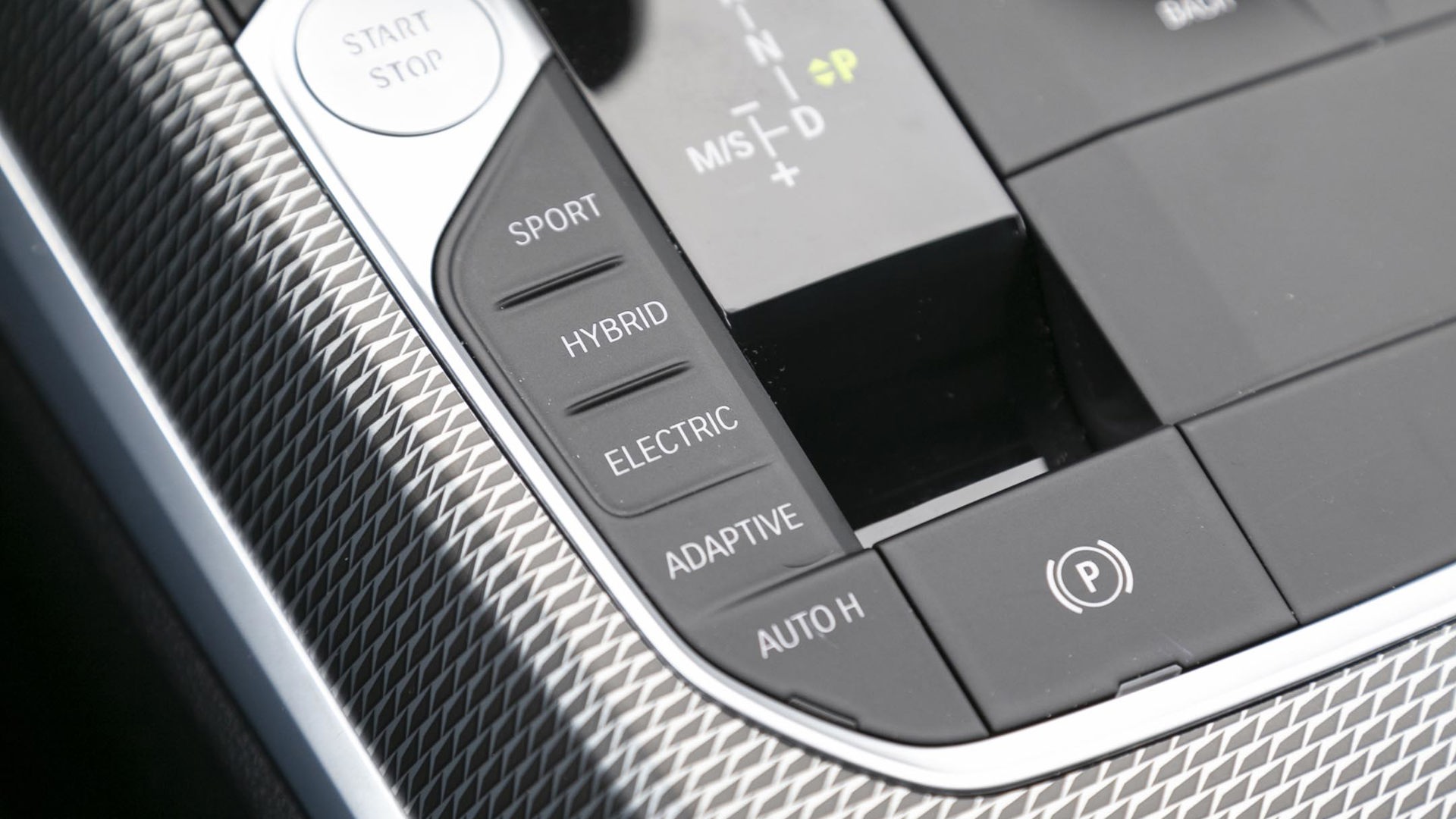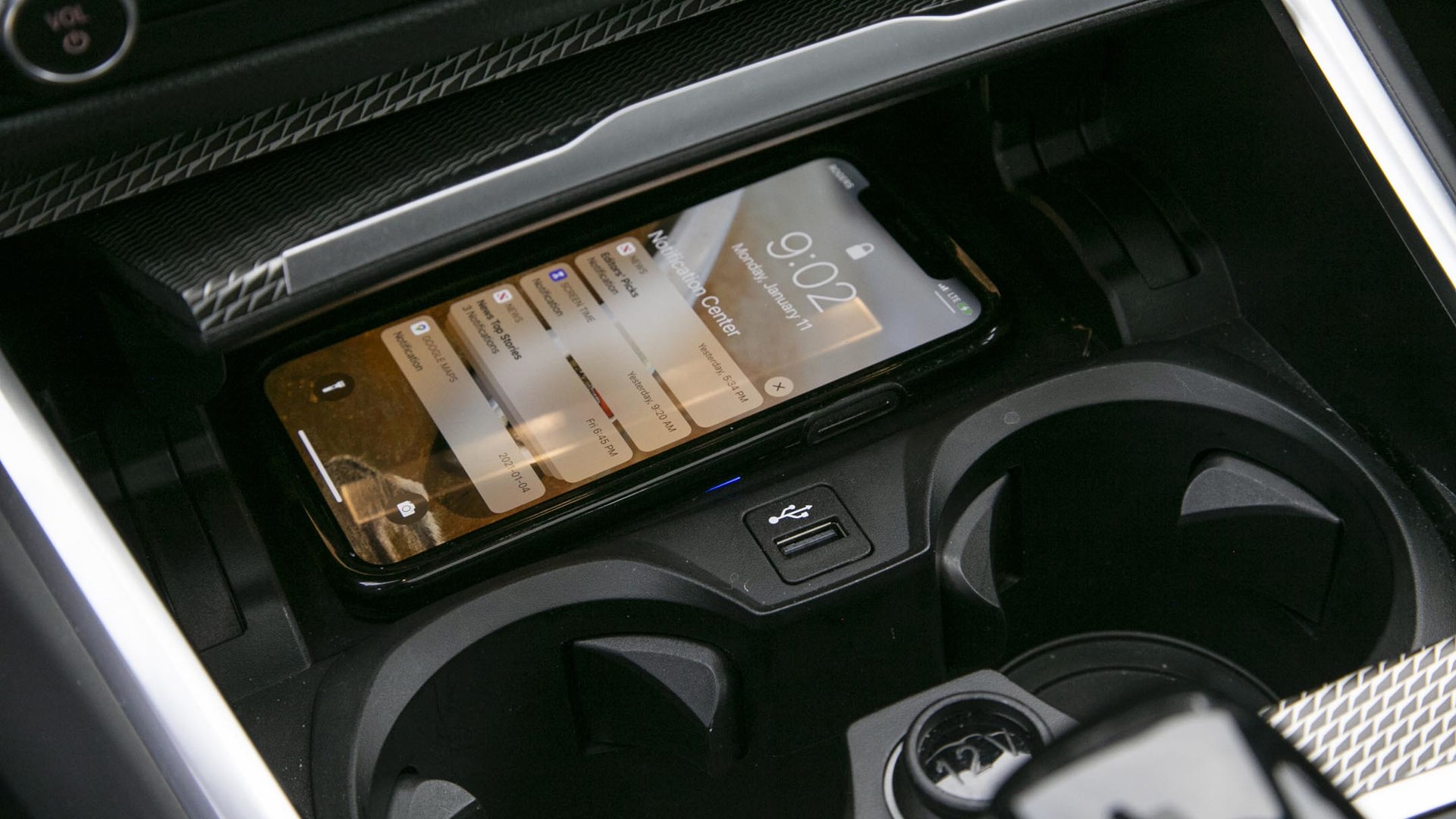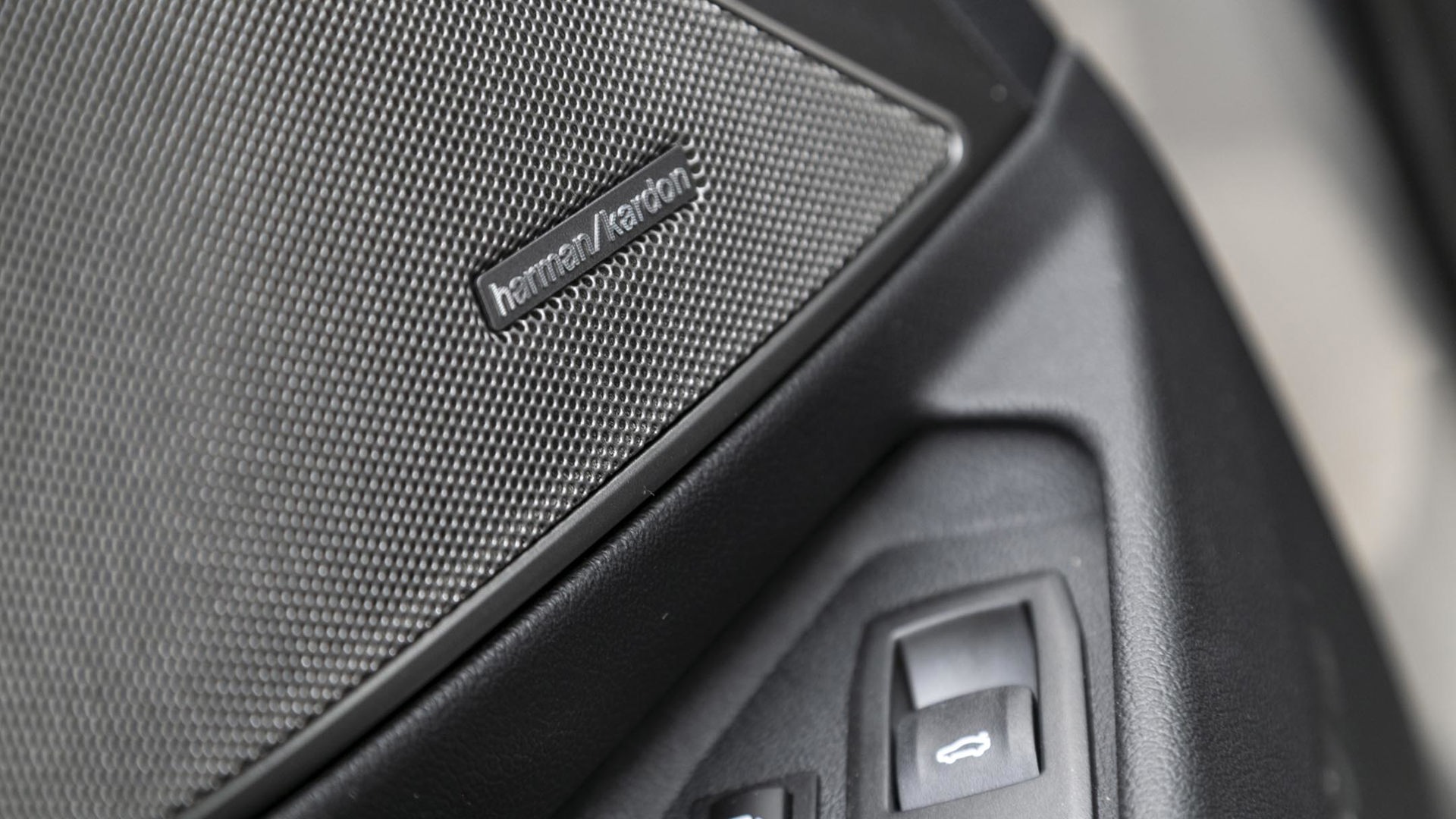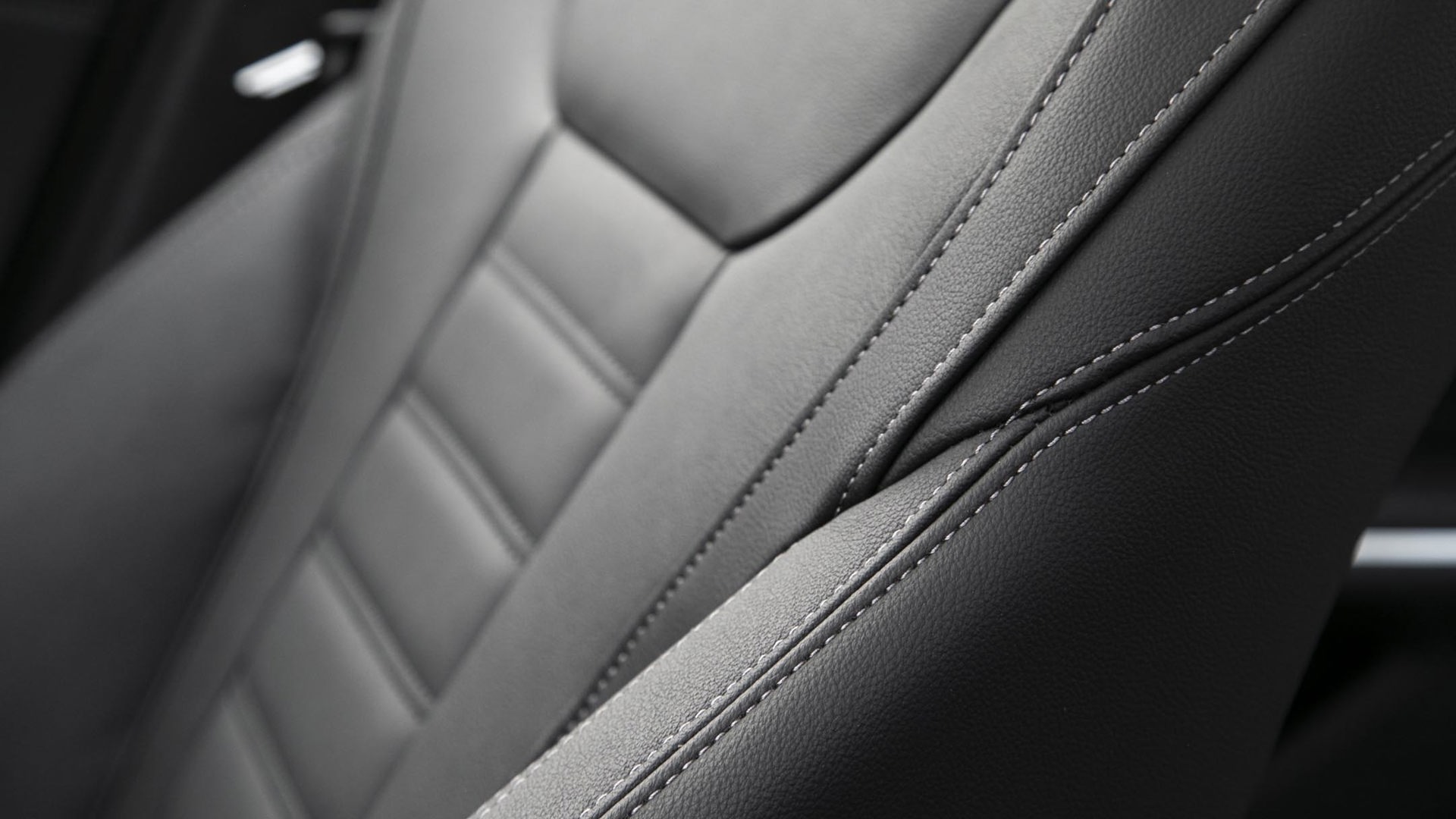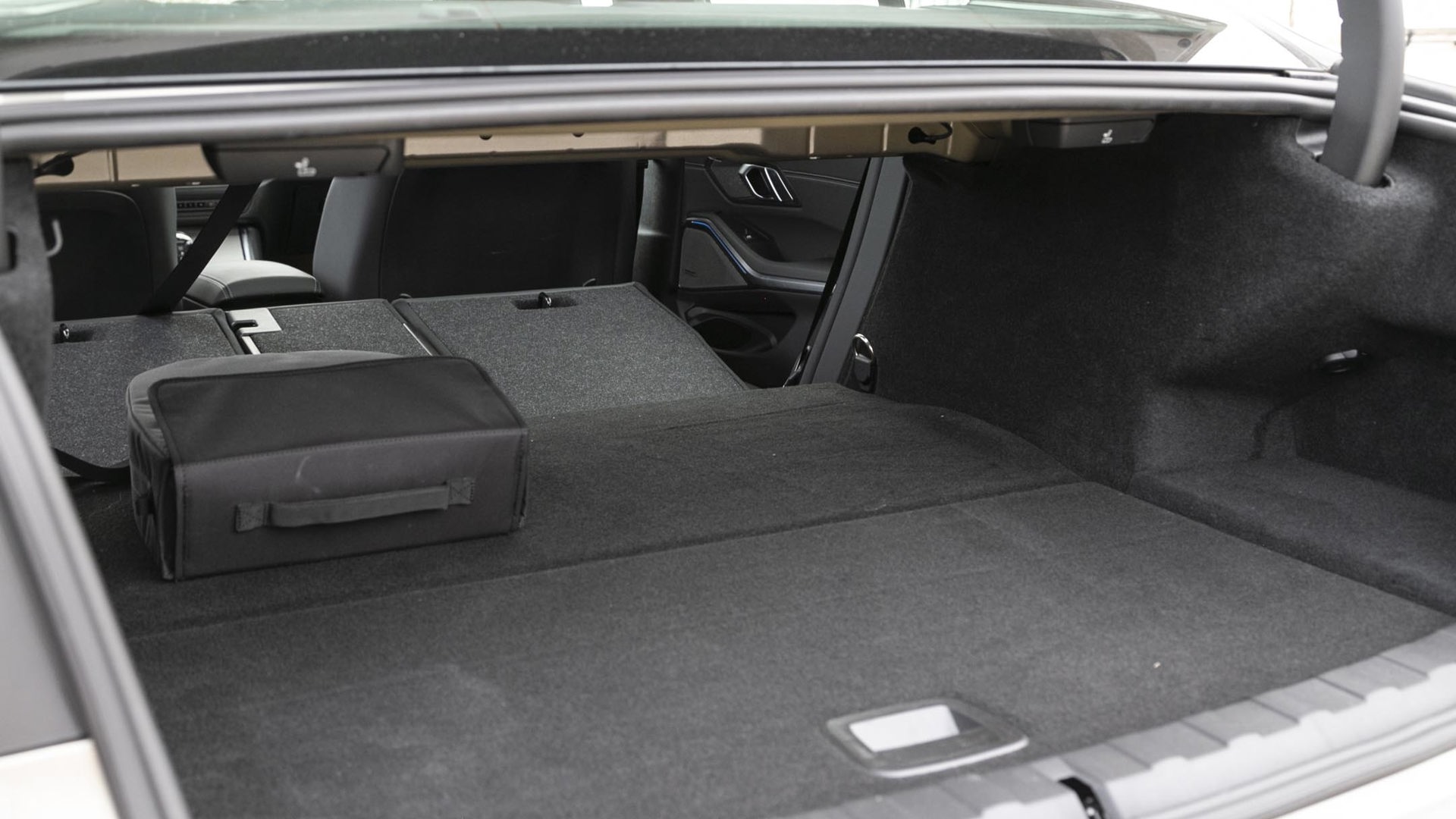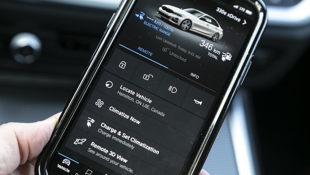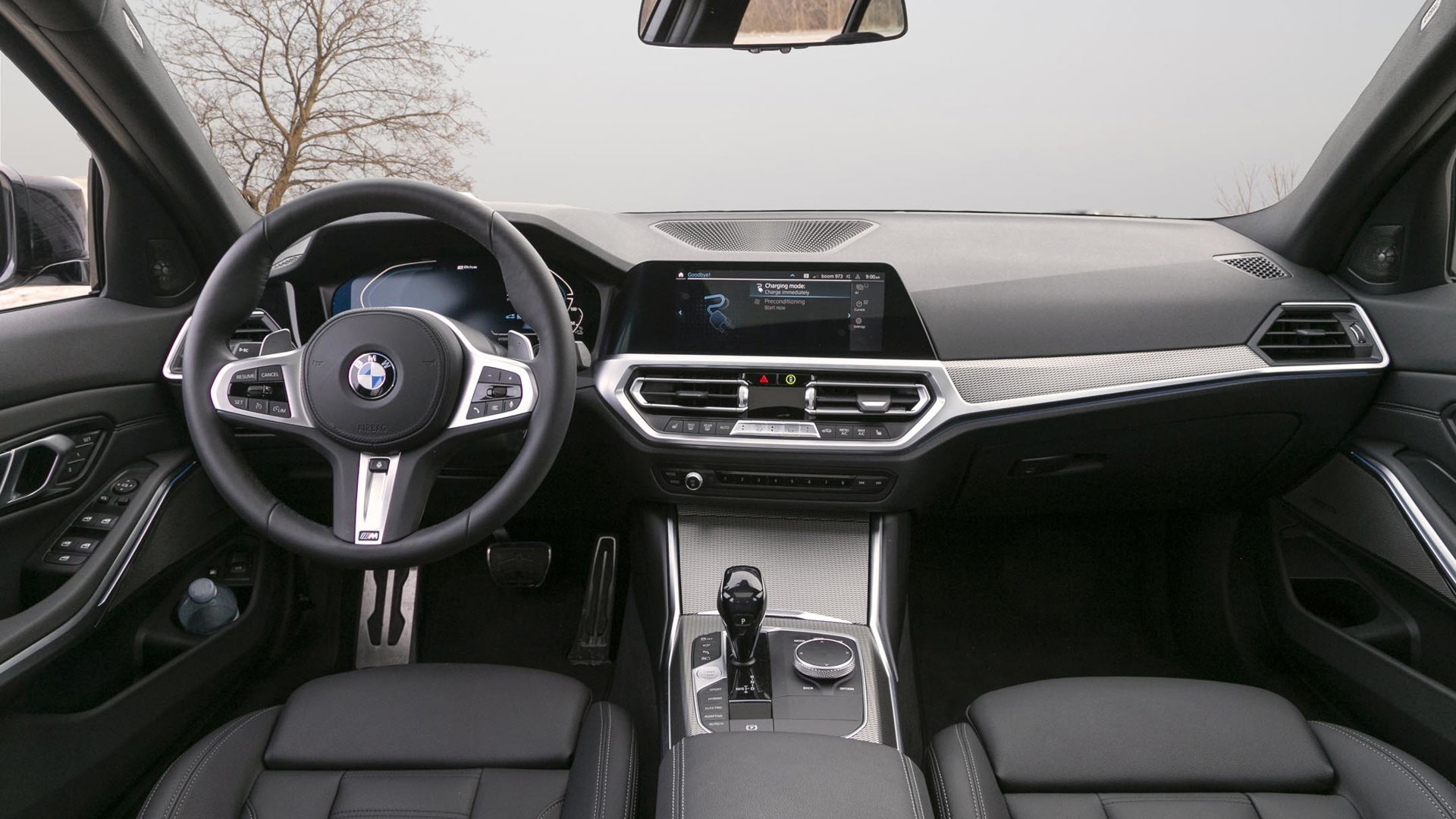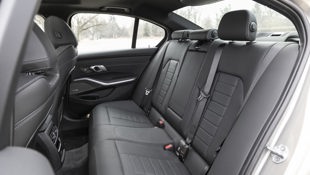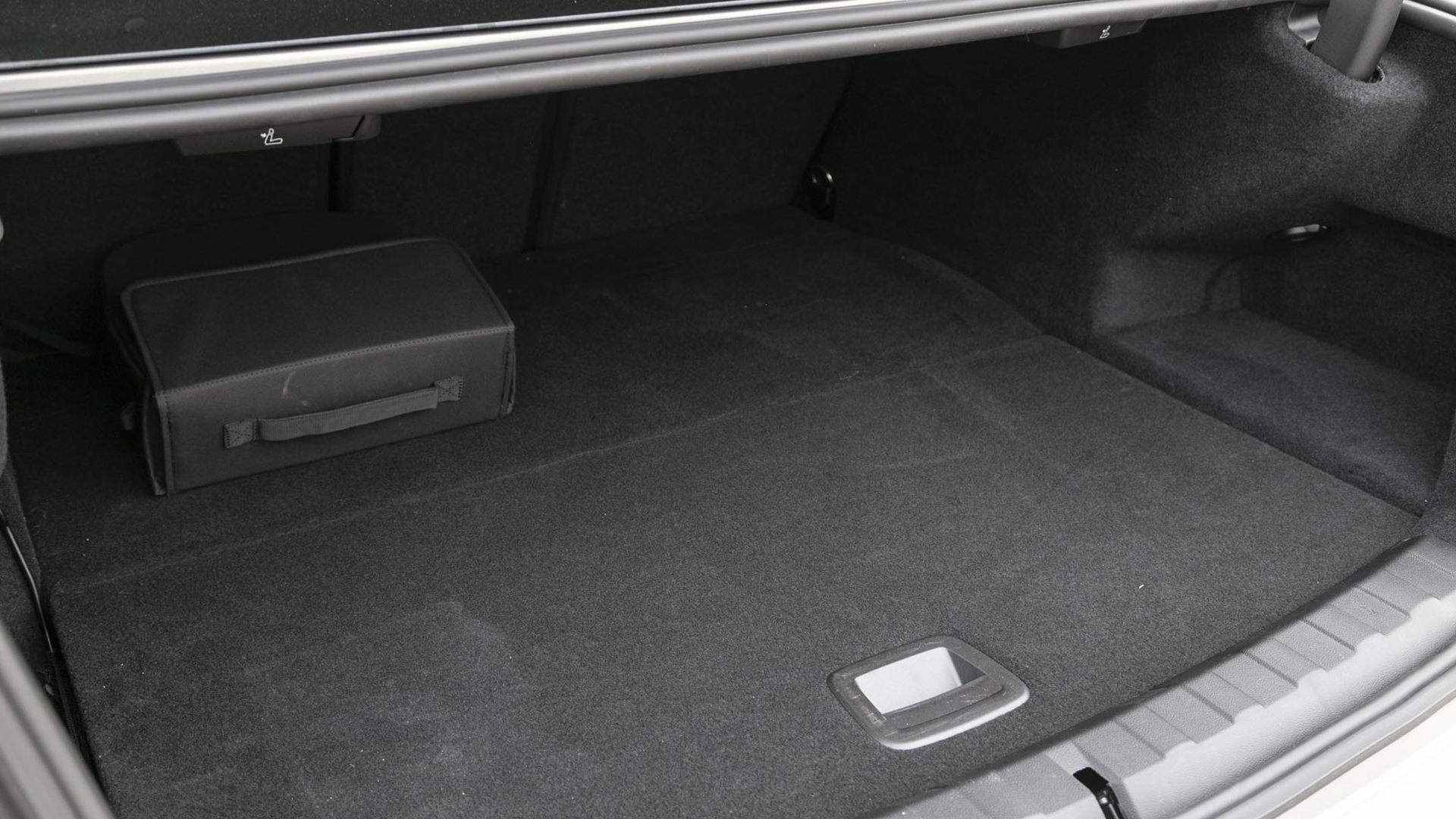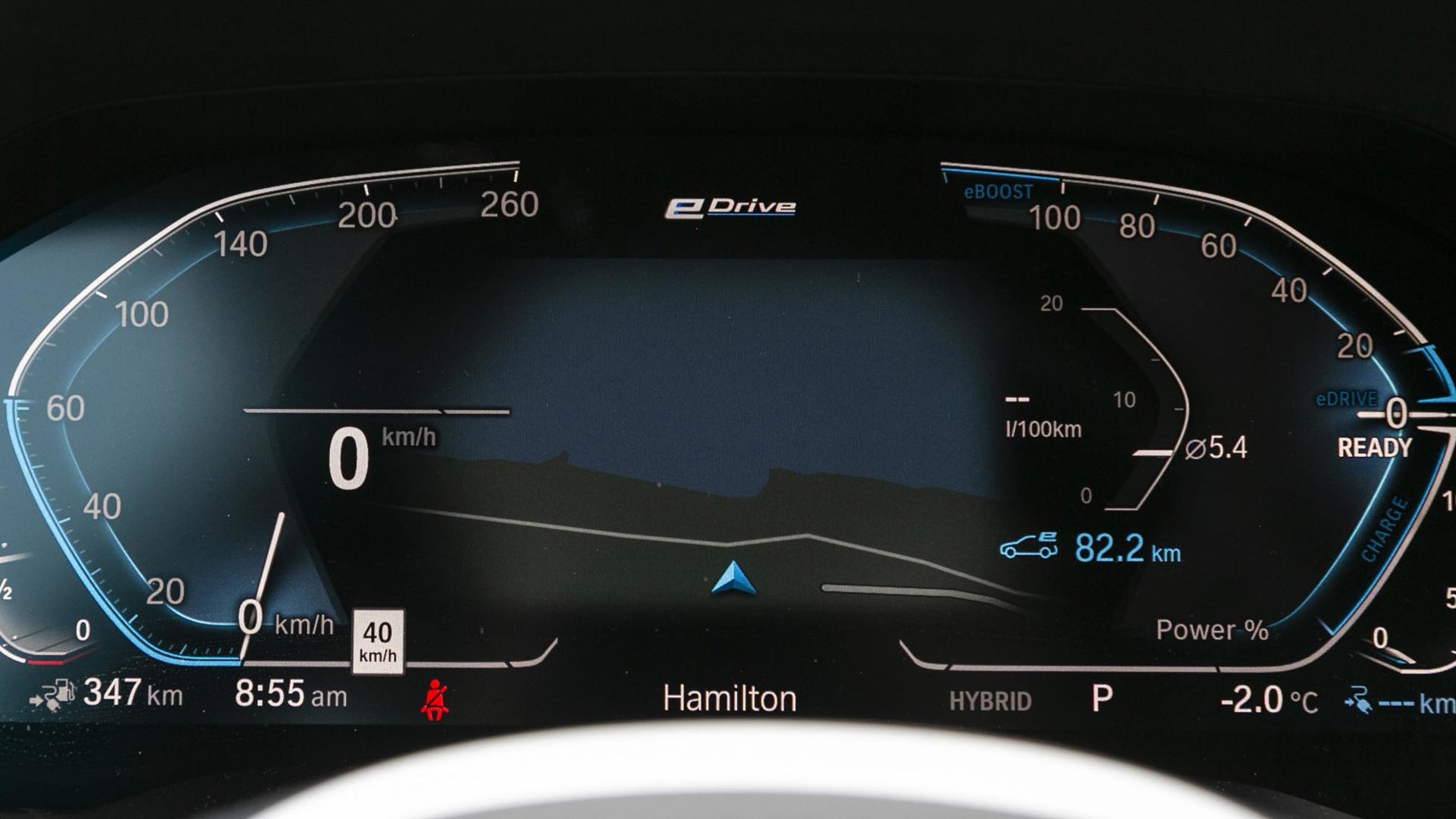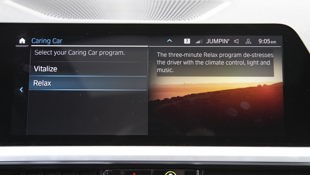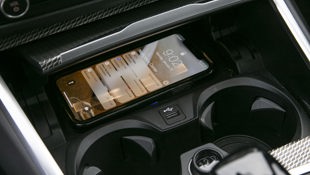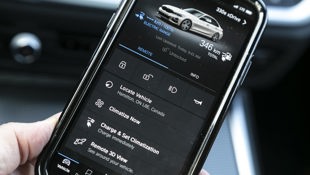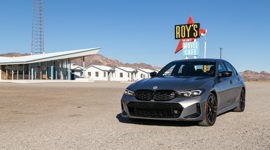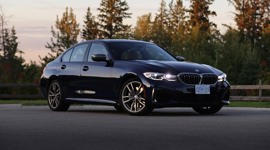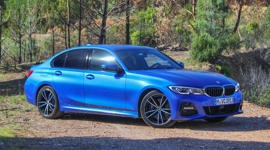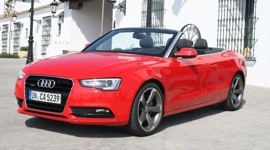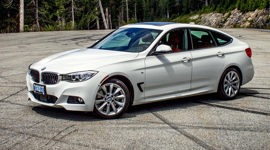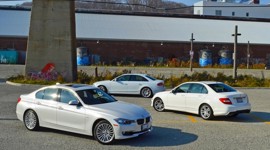 AutoTrader SCORE
AutoTrader SCORE
-
STYLING8/10
-
Safety6/10
-
PRACTICALITY6/10
-
USER-FRIENDLINESS7/10
-
FEATURES7/10
-
POWER7/10
-
COMFORT8/10
-
DRIVING FEEL8/10
-
FUEL ECONOMY7/10
-
VALUE6/10
The electric revolution is upon us, my friends, and it’s even infiltrating the hallowed ground of popular cars like the BMW 3 Series.
In truth, it’s nothing new; the previous 3 Series could also be had in electrified format. But BMW didn’t sell a ton of them, and this 2021 BMW 330e is redesigned and doesn’t just offer the updated styling and tech of the current generation, but also extended electric driving range. Add it all up, and this could be an interesting choice for a very specific buyer.
Value: 6.5/10
One of the most compelling reasons to consider the new 330e is its price. Sure, the $44,950 starting point for the rear-wheel-drive version isn’t exactly cheap, but in the plug-in hybrid (PHEV) realm it’s surprisingly competitive, facing off with mainstream hybrid models from Toyota, Honda, and Hyundai. It’s also the most affordable new 3 Series you can buy in Canada by a few thousand bucks, and rings in cheaper here than it does in the United States. It’s no coincidence that the starting price for the 330e creeps under the $45,000 cap, making it eligible for the Canadian government’s current $2,500 rebate.
My test car was the all-wheel-drive version that starts at $54,000, which is priced well below Volvo’s S60 Recharge. But in typical BMW fashion, the cost climbs quickly from there as desirable options are added. In this case, getting the paint scheme seen here, plus features like a heated steering wheel, keyless entry, and even fog lights add up to a more than $6,000 extra. Add on this car’s M Sport pack for bigger wheels and the adaptive suspension, and you’re facing a nearly $65,000 bill before taxes. That puts the 330e directly in the crosshairs of an obvious electric nemesis, the Tesla Model 3 Long Range.
Fuel Economy: 7.5/10
After logging more than 700 km on my daily commute and errand running, the 330e netted an overall indicated consumption rate in the low 5.0 L/100 km range. The display boasted that more than 120 km of those were travelled on pure electricity (it offers roughly 30 km of all-electric driving on a single charge under optimal conditions).
Rather than specifying EV mode, I preferred the hybrid drive mode that enables the car to optimize the use of electric motor versus gas engine. Even when showing a depleted charge, the 330e somehow always managed to have enough juice left for an extra kick when passing, or to crawl silently in EV mode in stop-and-go traffic.
In order to retain some of the 330’s cargo space, the engineers stole room for the battery pack from the fuel tank, resulting in a miniscule 40-L capacity, and dramatically impacting range – particularly for long highway drives. The government rates the 330e at 10.7 L/100 km in the city, 7.9 on the highway, and 9.4 combined.
Power: 7.5/10
Like the non-PHEV 3 Series, the 330e has a turbocharged 2.0L four-cylinder at the heart of its drive system. With the electric motor’s help, combined output tops out at a decent 288 hp and 310 lb-ft of torque, which is roughly 30 hp and 25 lb-ft greater than the non-electrified 330i. The PHEV’s battery pack and electric motor adds an additional 166 kg (366 lb) of mass, meaning that the claimed zero to 100 km/h speed of six seconds flat is roughly a half-second slower than the 330i.
Under normal driving around town, the 330e whirs away from a standstill under electric power and has enough oomph to feel spritely if not exactly exhilarating. It can also move along solely under electric power at speeds as fast as 140 km/h. At highway speeds in the default hybrid mode, there’s a slight hesitation when calling for passing power as the engine fires up and adds its help to the motivation. Trying the same move in sport mode, the driver can call on what BMW calls eBoost to give a 40 hp kick for as long as ten seconds with the accelerator flattened to the floor. With eBoost engaged, there is a notable urgency to the 330e’s acceleration that certainly makes overtaking slower traffic quick and easy.
Driving Feel: 8/10
BMW spent decades cultivating a reputation for creating cars that are fun to drive and engaging performers. Recently, the brand’s focus has been spread broader to include larger, heavier, and more luxurious vehicles, as well as a new focus on electrification. While there are still models in the company’s portfolio that speak to enthusiasts, the 3 Series has grown into a more, shall we say, mature role over the past few generations.
The 330e’s steering has a heavy but artificial feel that doesn’t generate much feedback. Still, its reactions are swift, and there’s no laziness in the way it responds to inputs. Plus, the car always feels solid and planted when asked to corner with gusto – a trait even the biggest BMWs still seem to maintain. Compared to sportier BMWs, the 330e won’t excite enthusiasts the same way, but in the world of PHEVs, the Bimmer is certainly more fun to drive than most.
Like all hybrids, the 330e utilizes regenerative braking to help juice the batteries. In EV mode, the braking regen is quite heavy, requiring little pedal pressure to create significant slowing of the car. In hybrid mode, it’s still evident, but the 330e’s brakes are easier to modulate and offer better feel than some of the competitors’ setups.
Comfort: 8/10
In addition to decent road manners, the 330e offers a ride that’s compliant enough to earn its luxury car status. Most road irregularities are absorbed without much fuss, and only the largest potholes or heaves send wallops through the car – and even then, it’s thanks as much to the big wheels than anything else. With this car’s M Sport Package comes the adaptive suspension that does make a notable difference in ride quality between hybrid and sport modes.
Unsurprisingly, when tootling around in electric mode, the 330e is very quiet. Road and wind noise are well-managed, and it isn’t until the engine is required to reach upper revs that its coarse four-cylinder voice becomes obvious.
The front sport seats are well bolstered for sporty driving but aren’t confining. This car’s seats were covered in optional leather with a grain to it that should hold up very well over time. Rear-seat space is good for two average-sized adults, with reasonable head- and legroom. There’s a seatbelt for a third rear-seat passenger, but they won’t be happy sitting on a small hump and straddling the driveshaft tunnel.
Styling: 8.5/10
The current-generation 3 Series is a handsome car, bearing plenty of resemblance to its larger 5 Series sibling. The platinum-coloured paint on my tester was polished to appear almost liquid, and when the sun shone, the car’s creases and design elements really popped.
As a luxury sedan, the 330e is a good-looking car, but within the electrified car world where designs often appear inspired by a well-used bar of soap, the BMW is refreshingly subtle and dignified. In fact, aside from the plug-in portal on the driver’s side and the green vehicle licence plates available in jurisdictions like my home province of Ontario, there’s little to identify the PHEV from a standard gas-powered 3 Series.
Likewise, the 330e’s interior has very little to differentiate it from other contemporary BMWs, unless the driver chooses to configure the dashboard screens to boastfully display all the eco-warrior settings of the car. The design will be familiar to BMW owners, and it foregoes lavish luxury for seriousness.
Features: 7/10
The 330e can be a feature-laden machine like my tester, but it requires ordering a lot of options packages to get there. Still, modern essentials like a sunroof, powerful sound system, and heated front seats and steering wheel are all standard. Had the weather been warmer, I might’ve wished for cooled seats that weren’t found here, even though they’ve become commonplace in mainstream cars.
BMW’s keyless entry system can be programmed to light up the car and unlock the doors as the driver approaches, negating even the need to touch a door panel button to gain access. Likewise, the trunk can open with a simple motion control, a feature that’s infinitely appreciated when you’ve got an armful of groceries.
User Friendliness: 7/10
The 330e’s driving position fits my average-sized body like a glove, affording good comfort, easy reach to all controls, and very good outward sightlines. Beyond that, the bird’s-eye view displayed on the infotainment screen helps make parking a snap.
The climate control buttons are small and can be difficult to find in a hurry, but BMW’s voice commands work well enough that there’s a decent redundancy built in should the automatic setting not suffice. Thankfully, the volume knob, while small, is placed where a driver expects it to be, and for rapid radio tuning or channel surfing, the iDrive rotary controller works great.
In fact, the entire iDrive system has been refined over the years into the largely well-sorted system it is now. However, while I’ve had great luck with BMW’s integration of wireless Apple CarPlay in the past, this time the system was infuriatingly uncooperative, frequently disconnecting my phone as I switched between apps. Given that I’ve not had this problem in the past with other BMWs, and that I had recently done a software update to my phone, I am willing to lay blame on the phone as much as the car this time.
Practicality: 6.5/10
Compared to the tsunami of SUVs flooding the market, hybrid and otherwise, a sedan will never compete in terms of practicality. Still, the 330e offers suitable interior space for four (or five in a pinch), and its trunk is sizable enough to contain a weekend’s worth of suitcases for a getaway. Plus, the rear seats fold flat, further expanding the trunk’s utility. At 374 L, the battery pack has swallowed up more than 100 L of trunk space versus the 330i, and all the mainstream midsize hybrid sedans – plus the Tesla Model 3 – have larger cargo holds. Only the Volvo S60 Recharge has a smaller trunk, but it’s also bolstered in the lineup by the V60 wagon.
Safety: 6.5/10
When equipped as this tester was with BMW’s Laserlight adaptive headlights, the current 3 Series earns a Top Safety Pick award from the Insurance Institute for Highway Safety (IIHS). The 330e includes essential safety elements like the requisite airbags, stability and traction control, and a solid body structure, but the active safety features that many manufacturers include as standard equipment require an expensive options package with BMW. Lane-keeping assistance, cross-traffic warnings, and collision avoidance systems were not included on my test car.
The Verdict
Even though sales of BMW’s 3 Series have been on a steady decline in Canada while its SUV siblings grow increasingly popular, the brand is enjoying a considerable boost in its ever-expanding electrified model range. The 2021 BMW 330e makes a compelling case by offering decent road manners, attractive styling, and good value if the options are kept in check. For drivers who spend the bulk of their time doing short, urban jaunts, this plug-in hybrid could be a good choice.
| Engine Displacement | 2.0L |
|---|---|
| Engine Cylinders | Turbo I4 PHEV |
| Peak Horsepower | 288 hp combined |
| Peak Torque | 310 lb-ft combined |
| Fuel Economy | 10.7 / 7.9 / 9.4 L/100 km cty/hwy/cmb; 3.5 Le/100 km hybrid cmb |
| Cargo Space | 374 L |
| Model Tested | 2021 BMW 330e xDrive |
| Base Price | $54,000 |
| A/C Tax | $100 |
| Destination Fee | $2,480 |
| Price as Tested | $65,180 |
|
Optional Equipment
$8,600 – Premium Enhance Package, $4,900; M Sport Package, $2,000; High-gloss black exterior contents, $250; Metallic paint, $1,450
|
|

